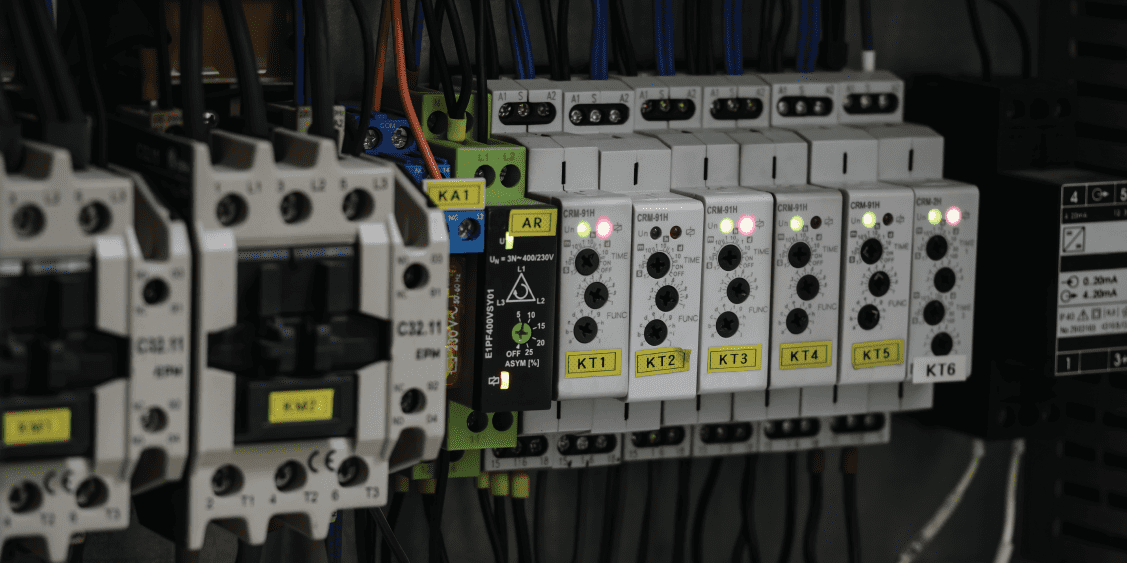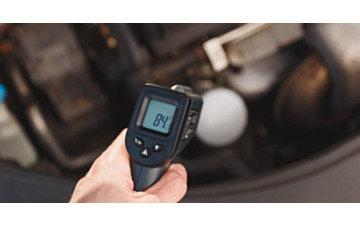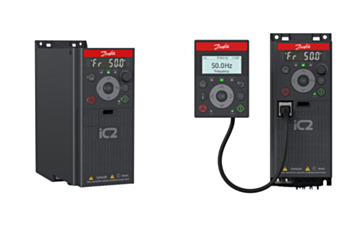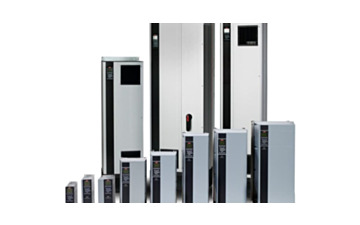Highly reliable and inherently versatile, timed relays have a wide range of applications across a variety of sectors and industries, which makes them a staple for countless businesses across an array of commercial and industrial sectors. This week, we’re taking a look at some of the most common settings in which they’re frequently used – which may provide some useful insight on how you can potentially use them to benefit your business. At LED Controls, we have more than 20 years of experience stocking and supplying a vast range of quality products from several leading brands such as
ABB,
Chint and
IMO, including timed relays. First, though, let’s have a quick overview of their definition!
What is a timed relay device?
A time relay is most commonly an electromechanical device to open and close a scheduled circuit, timing the activation of a certain element down to the millisecond in order to maximise productivity, convenience, or safety. They can delay the energising or the de-energising of a circuit and can be adjustable or fixed depending on the application's needs.
Usually, the time delay functions are adjustable via a dial, switch or other means, allowing the user to alter the delay without replacing the relay. Timed relays are essentially control relays with time delays built in purposely to control a time-sensitive event. These devices are utilised in numerous industries and processes such as
motor control centres, packaging machinery, HVAC equipment, control panels, and process control, but that’s not all. Here are a few other places in which you’ll commonly find timed relays.
Lighting and alarm triggers
Whether at a large-scale business, commercial location or industrial plant, timed relays provide a delay before turning lights on or off to prevent unnecessary energy wastage. This is most commonly seen in bathrooms, hallways or any place where lights need not be permanently switched on.
Timed relays are also utilised in alarm systems, such as schools. They can be set to sound off at certain times on a set schedule. Another example is burglar alarms. The delay in the activation of a house alarm, for example, allows the homeowner an allocated amount of time to enter the deactivation code before triggering the alarm.
Power distribution systems
Another practical application for timed relays is in power distribution systems. In this setting, they protect the circuit and equipment from power overloads and surges. They do this by delaying turning the power on or off for the equipment using a specific plug, preventing the equipment from sustaining any damage from extreme currents and voltages for example. Damaged power distribution boxes can cause significant downtime, which can be detrimental to the running of any business. However, timed relays cast protect against this, making them both essential and economical.
Emergency safety equipment
One of the most significant uses of timed relays is in emergency safety equipment such as emergency stop buttons and safety locks for the infrastructure and manufacturing industries. In the event of a false alarm, these systems will provide a delay before activating the safety precautions to give the operator enough time to correct the mistakes before engaging. Without these relays, electrical circuits couldn’t be safely interrupted in the unforeseen circumstances of an emergency without causing further hazards during the shutdown process and potentially endangering staff members.
At LED Controls, we supply relays, timers and monitoring solutions from a range of leading manufacturers, so that you can always find quality products at excellent prices. You can browse our selection of timed relays here on our site right now. Don’t forget, if you’ve got any questions or you need a bit of further clarification on anything, our friendly experts are only too happy to help. Feel free to give us a quick call on 01706 242050, email us on
sales@ledcontrols.co.uk, or fill in our contact form.










































